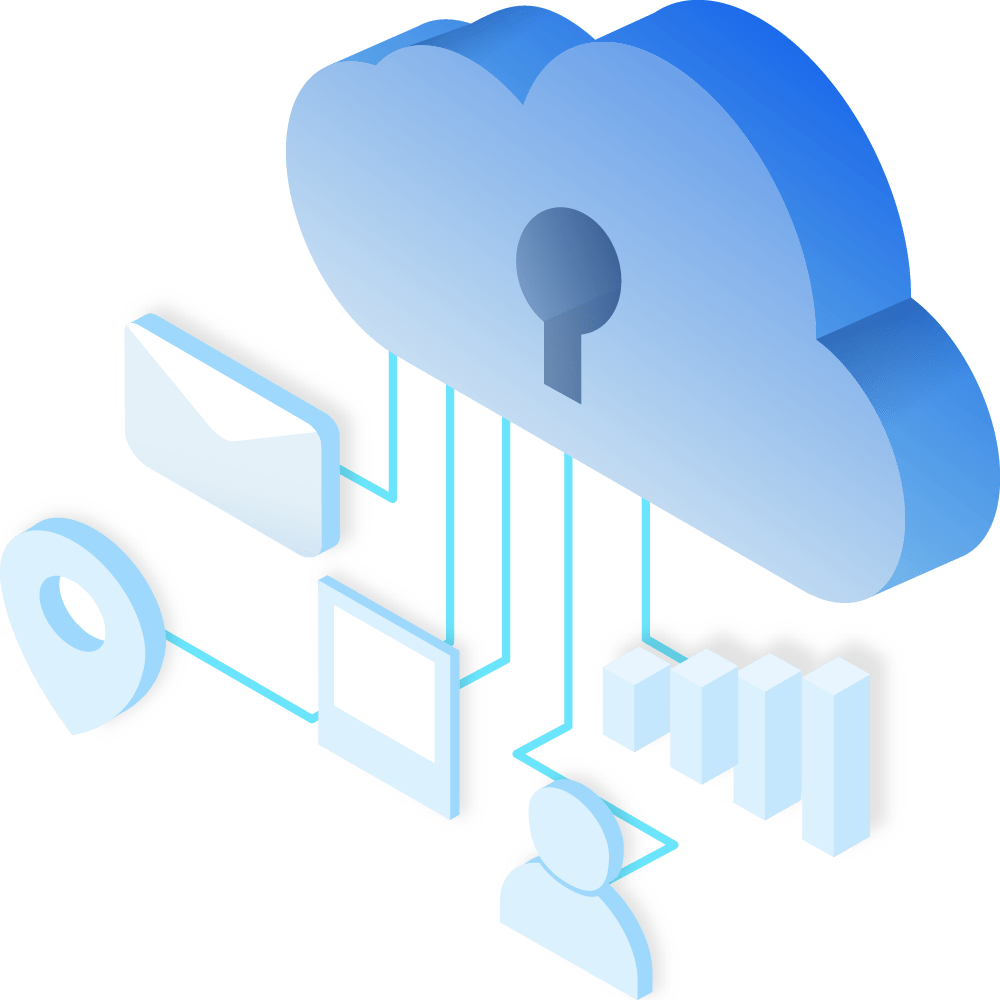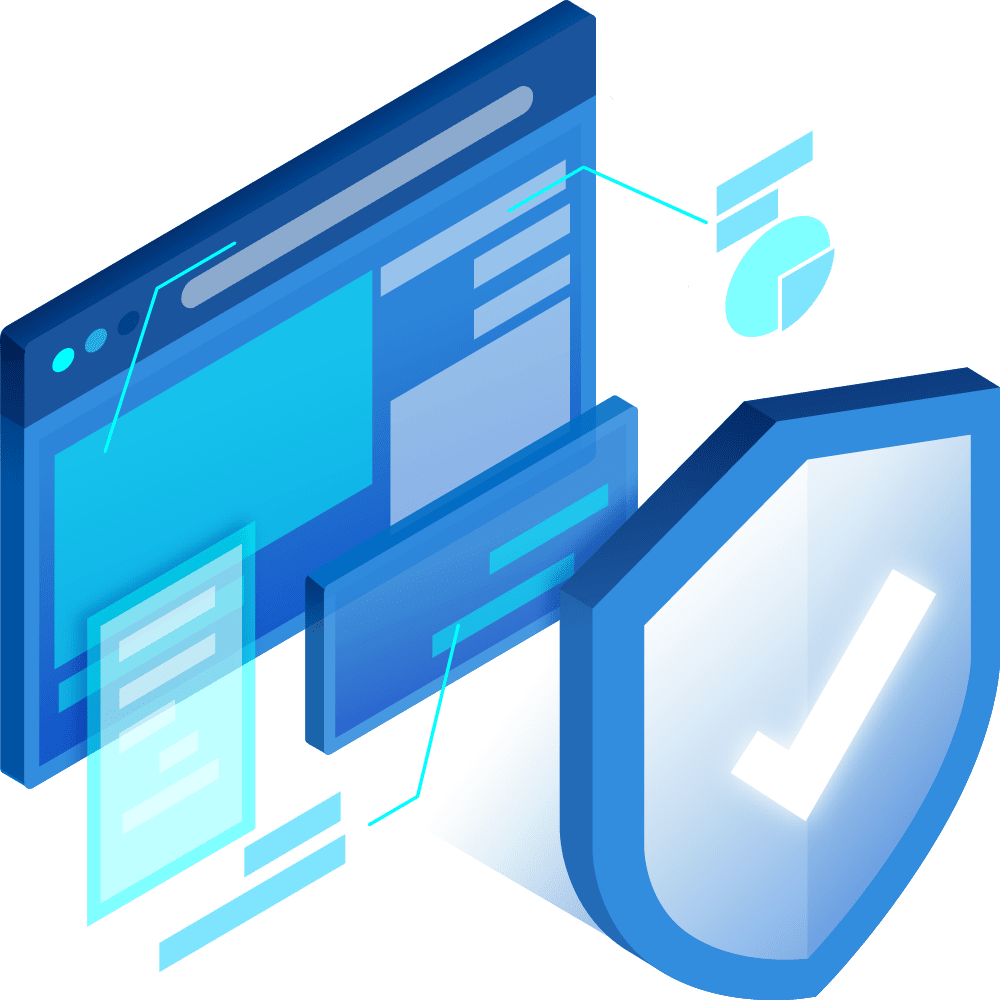Risk Assessment
and Analysis
A versatile and customizable solution for optimal risk management.

In today’s business world, risk management is essential to ensure the sustainability and success of your organization. That’s why Smart Global Governance has developed an integrated risk assessment and analysis feature in its 8 Modules, allowing you to effectively manage risks related to compliance and other aspects of your business.
Operating within a Risk & Compliance Module
The risk assessment and analysis feature is designed to seamlessly integrate with Smart Global Governance’s 8 Modules, which include :

This integration enables you to assess and analyze risks consistently and harmoniously across your organization while providing the flexibility to customize your approach based on the specificities of each Module. Whether you want to assess environmental risks, cybersecurity risks, or legal compliance risks, our Module offers a unified and customizable experience, allowing you to effectively control your risks by adopting advanced assessment and analysis methodologies.
Risk Assessment and Analysis Methodologies
The Risk & Compliance Module incorporates key risk assessment methodologies such as ISO 31000. You can also create your own risk assessment and analysis methodology by defining your own calculation and consolidation formulas. This flexibility allows each organization to personalize its risk assessments and analyses according to its needs and industry.
Scenarios
Scenarios also allow for anticipating the potential impacts of different situations on risks, considering various internal and external factors.
Primary and Support Assets
Register The Primary and Support Assets Register is a key component of risk management. Primary assets are the essential elements to achieve the organization’s objectives, while support assets are the elements that facilitate the accomplishment of these objectives.
Quantitative and Qualitative Risk Values
The Module enables the calculation of quantitative and qualitative risk values, taking into account factors such as occurrence probability, potential impact, associated costs, and more. This comprehensive approach helps organizations better understand and manage their risks.
Risk Characteristics
Configuring risk characteristics allows for defining the different types of risks to which the organization is exposed, such as financial, operational, legal risks, and more.
Collaborative Assessments and Analysis
Risk assessments and analyses foster collaboration among team members, allowing for sharing and working together on risk evaluations and analyses.
Levels of Risk Assessment
Risks are assessed at four levels: gross, current, planned, and net. The gross level represents the risk without any Controls in place, while the current level considers existing Controls. The planned level refers to risks after the implementation of planned Controls, and the net level refers to residual risks once all Controls have been applied.
Application example
Health & Safety Module
Let’s take the example of the Health & Safety Module, which aims to manage and reduce health and safety risks at work. Risk assessments and analyses help identify, evaluate, and control risks specific to this field, such as workplace accidents, occupational illnesses, or environmental incidents.
Here’s how the process works in this context :
1.Risk Identification : Primary assets (e.g., employee health) and support assets (such as personal protective equipment) are identified and listed in the asset register.
2. Configuration of Risk Characteristics : Different types of health and safety risks are defined, such as ergonomic, chemical, biological risks, and more.
3. Risk Assessment and Analysis : Risks are evaluated based on their probability of occurrence, potential impact, and existing or planned Controls. Scenarios can be used to simulate the impact of different situations on employee health and safety.
4. Implementation of Controls : Appropriate Controls are identified and implemented to reduce risks to an acceptable level.
5. Monitoring and Updating the Risk Register : Risks, their assessments, and associated Controls are regularly reviewed and updated in the risk register to ensure proactive and ongoing management of health and safety risks.
Smart Global Governance offers a customizable and comprehensive solution for risk assessment and analysis across various domains.
By integrating it into the available eight Modules, organizations can benefit from a holistic and collaborative approach to effectively manage their risks, adopting proven methodologies and developing their own customized approaches.

Ready to transform your risk and compliance management?
Join over 300,000 users who already trust us in 100 countries!